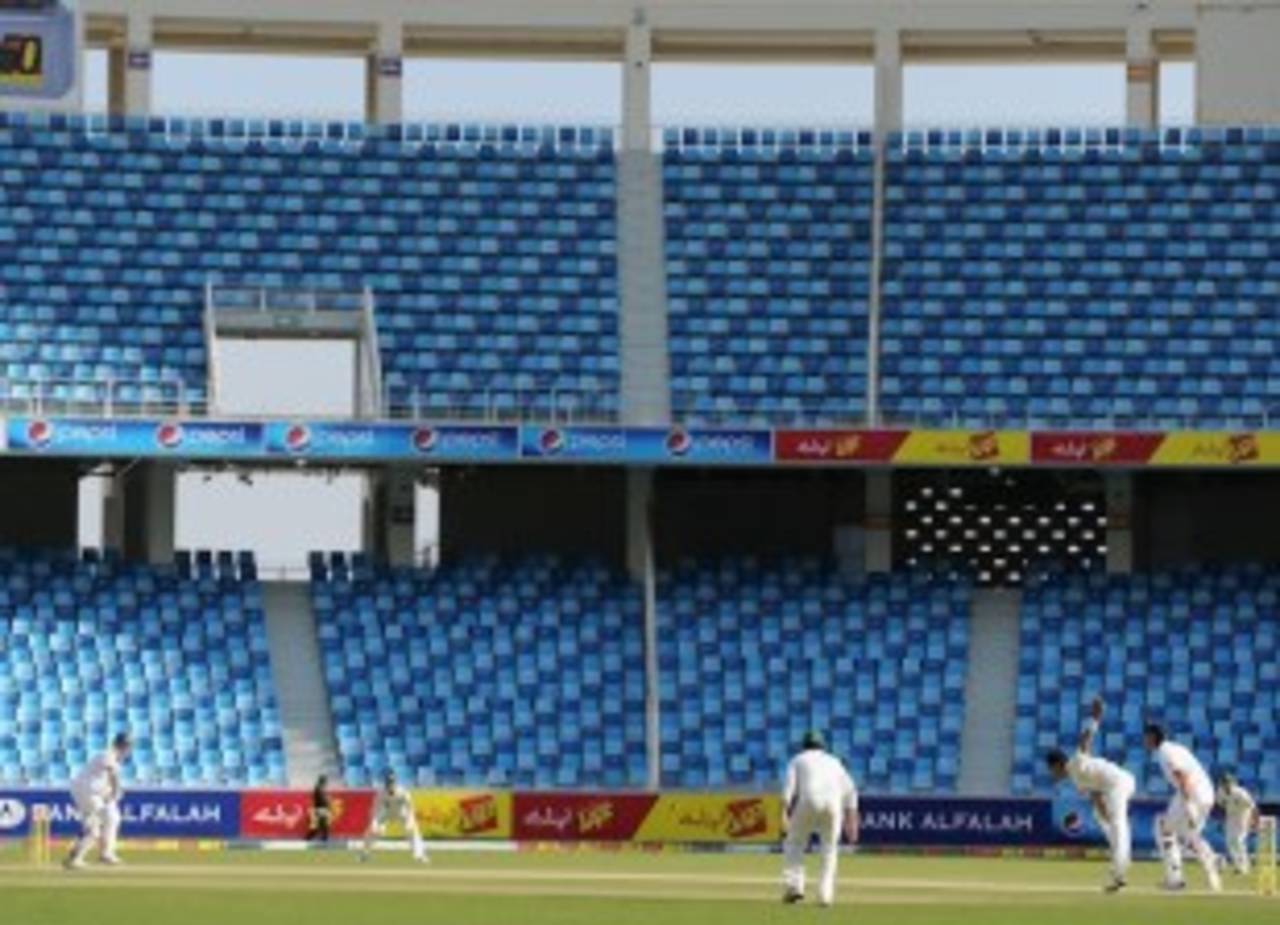The latest edition of the
Wisden Cricketers' Almanack makes a plea to world cricket that needs to be made - Test cricket needs to be strengthened and nurtured - but interestingly it continues to look at India through the prism of a western sort of work ethic and sensibility. I'm delighted with the theme that the editor, Lawrence Booth, one of cricket's finest young journalists, uses ("India, your sport needs you"), for the market leader must lay down the priorities. But Lawrence, I fear, wants India to show the way in a manner in which England might. But more of that by and by.
Clearly India has to play the role of the statesman in nurturing product quality, but it is just as true in the corporate world that market leaders place great emphasis on profitability. The great institutions of the world are able to find the right mix; their product quality doesn't drop, nor do their margins. In sport you can translate that to having very high W/L and P/L ratios - winning more matches than you lose and making a lot of money while doing so. (The idea of making money should eventually be to nurture and strengthen the sport, but this is only a small article...) And as I have often argued, the P/L ratio seems to be valued far more than the W/L one in India.
Inevitably when we talk of nurturing, we talk about Test cricket. It bothers me a little that to some, anything other than Test cricket is an abomination, is unworthy of existence and must necessarily be looked down on, in the manner in which other castes were in India's old caste system: that Test cricket must be the Brahmin, T20 the Shudra, and 50-overs cricket somewhere in between.
For Test cricket to remain the mightiest form of the game, it must become self-sufficient. It cannot be on the dole from T20, or 50-overs cricket, and yet despise those forms. For that to happen, it must establish a commercial connection with the follower. For art and wine to survive, there must be enough people buying art and wine; there must be a commercial involvement between the producer and the consumer. Apart from England and, to a lesser extent, Australia, I am not sure that kind of involvement exists. All of us love Test cricket dearly - we've had an excellent Test match this week in Barbados - but not many of us buy a ticket to go to the ground; or watch it on television, thereby allowing channels to sell advertising on it; or buy merchandise. We follow the match on the internet, blog about it, tweet, and write essays, but none of these makes it financially stronger.
England is a bit different because it is the last real bastion of Test cricket, and that is where Lawrence, and other passionate lovers of the game, get their DNA from. England has this amazing structure where people pay unbelievable prices to watch Test cricket and buy enough decoders from Sky, to enable fewer commercials to be aired. Television in England is a subscription-driven model: people pay to watch what they like.
On the subcontinent, we are different. Maybe because of the great need to merely exist, we are very price-conscious; we do not mind putting up with things as long as they don't cost too much. Hence the unbelievable amount of advertising on television. But also, our entertainment is escapist, most visibly manifest in our cinema (also now the staple of opening ceremonies at cricket tournaments!), which is loud, ostentatious and generally a spectacle. T20 cricket, while possessed of its own skills, most closely approximates that.
India and China are not just emerging consumer powers, they are also cultures that are completely different from the rather more homogeneous ones of America and Europe. As India needs to understand its larger role in world matters (for the purposes of this article, read world cricket), so too does the rest of the world need to understand that another vibrant and deeply different culture exists. Neither can weigh the other in the scales it weighs itself in.
Test cricket will survive, but, I fear, not on its own. T20 will be the inducement, it will draw in many more consumers, and the challenge will then be to retain them and hope they enjoy the many wonderful flavours of Test cricket. But within the larger world of cricket, every country must lay down its priorities. India's choices may not please everybody, but then each must create its own commercial ecosystem.
The bigger challenge in world cricket is not whether Test cricket must be played or T20, it is whether or not everyone can understand the different cultures within our tiny world.
Harsha Bhogle commentates on the IPL and other cricket, and is a television presenter and writer. His Twitter feed is here
